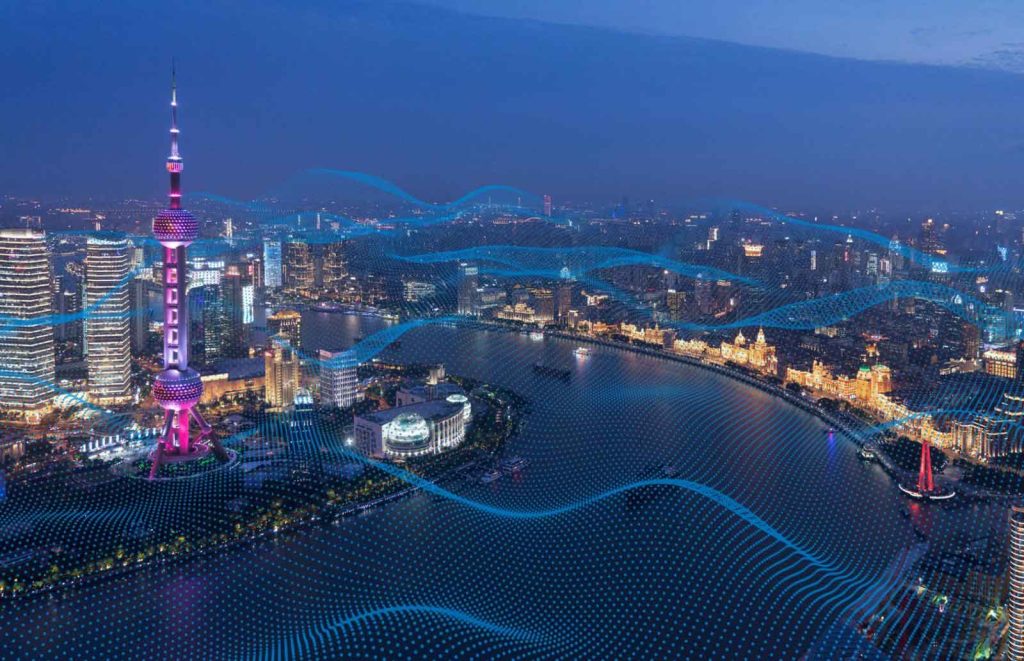In an era marked by environmental challenges and a growing awareness of the need for sustainable practices, technology is playing a pivotal role in driving positive change. The intersection of sustainability and technology offers innovative solutions to mitigate environmental impact, conserve resources, and build a more sustainable future. In this blog post, we’ll explore how sustainability and technology are working together in a synergistic approach.

1. Renewable Energy Sources
Technology is driving the transition to renewable energy sources like solar, wind, and hydropower. Advances in solar panel efficiency, wind turbine design, and energy storage systems are making clean energy more accessible and affordable. Smart grids and energy management software optimize energy distribution and reduce waste.
2. Energy Efficiency
Sustainable technology solutions focus on improving energy efficiency in various sectors. Smart buildings use sensors and automation to optimize lighting, heating, and cooling, reducing energy consumption. Energy-efficient appliances and vehicles help individuals and businesses lower their carbon footprint.
3. Circular Economy
Technology supports the transition to a circular economy, where products and materials are reused, refurbished, or recycled rather than disposed of as waste. Innovations like 3D printing enable the production of spare parts and products from recycled materials, reducing resource consumption.
4. Precision Agriculture
Agricultural technology, often referred to as AgTech, leverages data analytics, sensors, and automation to optimize farming practices. Precision agriculture reduces water usage, minimizes chemical inputs, and enhances crop yields while preserving soil health.
5. Waste Reduction
Technology solutions are combating waste at various stages of the product lifecycle. Apps and platforms connect consumers with surplus food from restaurants and grocery stores, reducing food waste. Additionally, smart waste management systems optimize collection routes, reducing costs and emissions.
6. Transportation
Electric vehicles (EVs) and autonomous transportation technologies are reshaping the automotive industry. EVs reduce greenhouse gas emissions, while autonomous vehicles promise more efficient transportation systems, reducing traffic congestion and fuel consumption.
7. Water Management
Water scarcity is a global concern. IoT sensors and data analytics are used to monitor and manage water resources more efficiently. Smart irrigation systems optimize water usage in agriculture, and leak detection technology reduces water waste in urban environments.
8. Sustainable Materials
Materials science and biotechnology are advancing sustainable alternatives to traditional materials. For example, biodegradable plastics reduce plastic pollution, and lab-grown meat reduces the environmental impact of meat production.
9. Carbon Capture and Storage (CCS)
Carbon capture and storage technologies capture CO2 emissions from industrial processes and power plants. They store or repurpose the captured carbon, preventing it from entering the atmosphere and contributing to climate change.
10. Environmental Monitoring
Drones, satellites, and remote sensing technology are used for environmental monitoring. They track deforestation, wildlife conservation, and climate change impacts, providing valuable data for conservation efforts.
Conclusion
Sustainability and technology are intertwined in a dynamic partnership that holds the potential to address some of the world’s most pressing environmental challenges. As technology continues to evolve and innovate, it will play an increasingly critical role in reducing our ecological footprint and building a more sustainable future. Businesses, governments, and individuals can contribute to this synergy by adopting and supporting sustainable technology solutions in their daily lives and operations.



